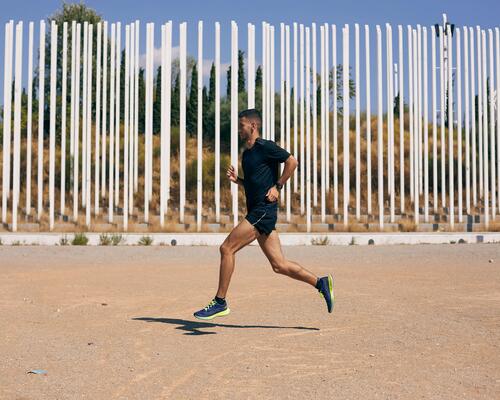1. Set an achievable objective
When people go on a diet, they often set themselves a big target in terms of the kilos they are planning to lose, without knowing their body well enough.
The weight loss that you want to attain must not be less than your fitness weight, meaning the weight at which your body and mind feel good, without endangering yourself. It is a stable weight requiring no dietary deprivation or excess. It can vary by more or less 2 kg over time – this is entirely normal.
~














